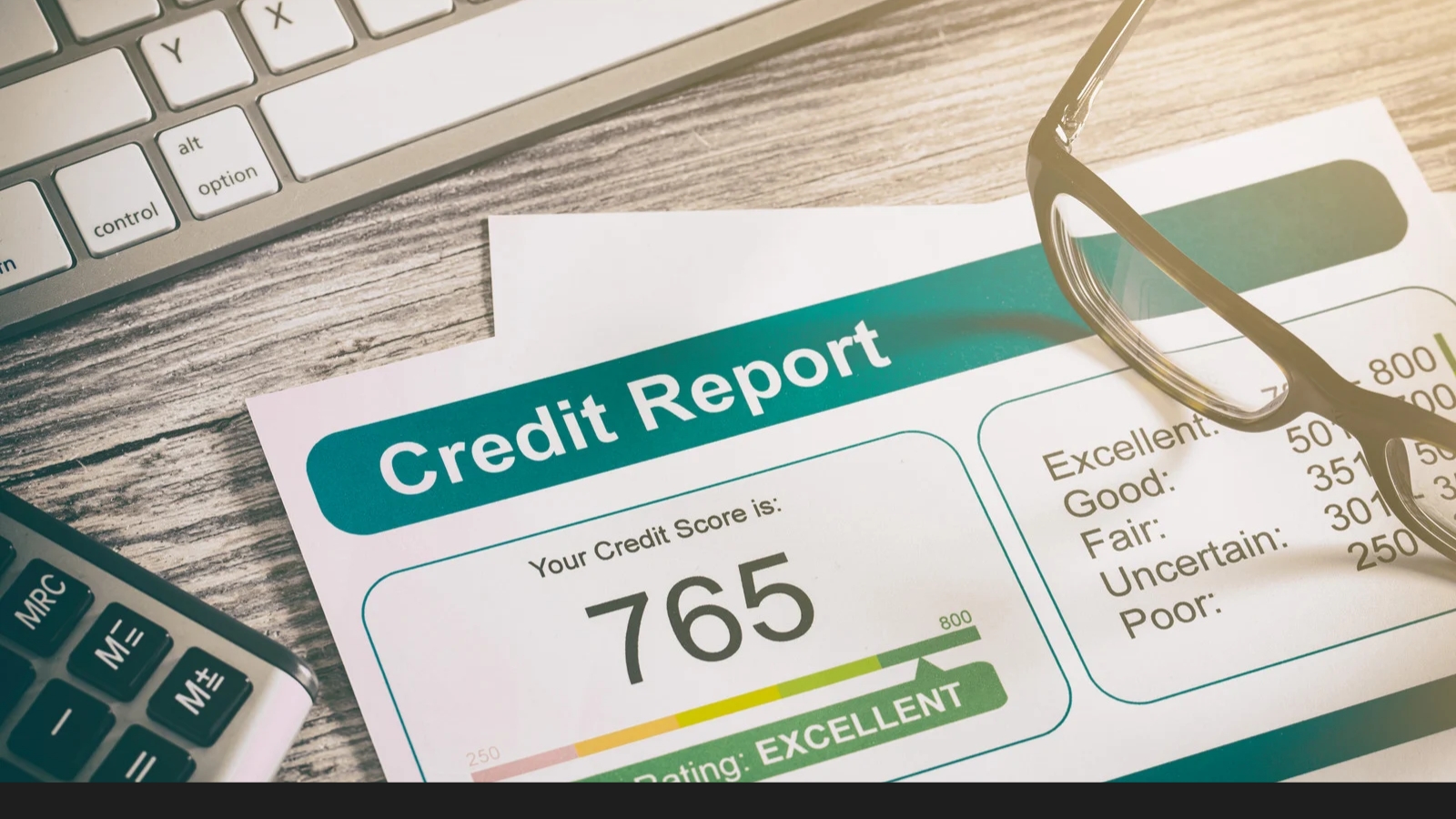A perfect credit score might sound like something only financial gurus or spreadsheet-loving accountants achieve, but here’s the truth: with consistency, patience, and smart money habits, you can absolutely get there too. Whether you’re dreaming of buying a home, securing low-interest loans, or simply flexing your financial discipline, a top-tier credit score is one of the best assets you can build in 2025.
The good news? Achieving credit perfection isn’t about being rich; it’s about being responsible. You don’t need thousands in savings or a finance degree. You need to understand how credit scoring works and how to play the long game with confidence.
So grab your favorite drink, sit back, and let’s break down the 10 simple steps that will help you reach that coveted 850 credit score this year. These aren’t vague tips; they’re actionable, proven strategies that can help anyone, from first-time credit users to seasoned spenders, climb to the top.
Step 1: Review Your Credit Reports Like a Detective
Before you can fix or improve anything, you need to see the whole picture. Your credit report is basically your financial report card; it shows lenders how trustworthy you are with borrowed money.
Errors happen more often than people think. A Federal Trade Commission study found that about 1 in 5 Americans has an error on at least one of their reports. If you find a mistake, file a dispute directly with the bureau reporting it. Once corrected, your score can rise quickly.
Think of this step as the “spring cleaning” of your finances; it might not be glamorous, but it sets the stage for everything that follows.
Step 2: Pay Every Bill on Time—No Excuses
If your credit score were a movie, payment history would be the lead actor. It makes up roughly 35% of your total score, so even one late payment can do severe damage.
The simplest way to stay consistent? Automate everything. Most banks and lenders let you set up automatic payments for the minimum balance due. That way, you’ll never accidentally miss a due date because life got busy.
If you’re juggling multiple due dates, use a calendar reminder system—Google Calendar, your phone, or even a sticky note on your fridge. The point is to make it nearly impossible to forget.
And if you’ve already missed payments in the past? Don’t panic. The longer you maintain a spotless payment history, the less impact those old slip-ups will have. Over time, good behavior outweighs the bad.
Step 3: Keep Your Credit Utilization Low
This one’s huge. Credit utilization measures how much of your available credit you’re using, and it accounts for about 30% of your score. It’s the difference between looking financially stable and appearing like you’re maxing out your cards to get by.
Let’s say you have a credit card with a $5,000 limit. If you owe $1,500, that’s 30% utilization—a solid target. The lower, the better. People with top credit scores often keep their utilization under 10%.
To lower your utilization:
- Pay off your balances early, before the billing cycle closes.
- Ask for a credit limit increase (as long as you don’t increase spending).
- Distribute charges across multiple cards instead of loading them all onto one.
Remember, credit utilization isn’t about how much debt you have overall; it’s about how much you’re using compared to your limit. Think of it as your financial breathing room.
Step 4: Keep Old Accounts Open and Active
Age matters—at least when it comes to credit. The longer your credit history, the more data lenders have to trust your behavior. Closing old accounts can actually hurt your score by shortening your average credit age and lowering your total available credit.
So resist the temptation to close that old department store card you opened in college just because you don’t use it often. Instead, please make a small purchase on it every few months —maybe a pack of gum or some shampoo—and pay it off immediately.
Doing this keeps the account active and signals to credit bureaus that you’re still managing it responsibly. Over time, your “credit age” grows, and so does your score.
Your credit profile is like a fine wine; it gets better with age.
Step 5: Don’t Open Too Many New Accounts at Once
Every time you apply for credit, lenders perform a “hard inquiry.” One or two of these per year is fine, but too many in a short period makes you look desperate for credit, which can drop your score by a few points each time.
If you’re shopping for a mortgage or car loan, try to keep all applications within a two-week window. Credit scoring models will usually count them as a single inquiry since they know you’re rate-shopping.
On the other hand, applying for five credit cards in one month? Not a good look. Take it slow, be strategic, and apply for new accounts only when necessary. Your credit profile will thank you.
Step 6: Diversify Your Credit Mix
Variety can be a good thing. Credit scoring models reward consumers who can handle different types of credit responsibly—credit cards, car loans, student loans, or a mortgage.
But don’t take on unnecessary debt to “improve your mix.” The goal is to show you can manage credit responsibly, not collect loans like trading cards.
If you currently only have revolving credit (like credit cards), consider a small installment loan or a credit-builder loan from your local credit union. Make regular payments, and over time, this mix helps round out your score.
Lenders like to see that you can handle both short-term and long-term obligations without flinching.
Step 7: Pay Down Debt Strategically
If you’re carrying balances, focus on paying them off using a smart strategy. The two most popular methods are the avalanche method (tackle high-interest debts first) and the snowball method (start with the smallest balances for quick wins).
The avalanche saves you the most money long-term, while the snowball gives you fast motivation. Either way, you’re reducing your debt load,, which iss key to boosting your score.
If you feel overwhelmed, try consolidating debt into one lower-interest loan or a balance transfer card. Just make sure you stop accumulating new debt in the process. Paying down debt not only improves your credit score but also gives you peace of mind, and that’s priceless.
Step 8: Use Credit-Boosting Tools
In 2025, technology is your ally. There are tools and programs designed specifically to help consumers build credit faster by reporting alternative payment data—like your rent, utilities, or streaming services.
Experian Boost, for example, lets you add on-time utility payments to your report, potentially increasing your score in minutes. Services like Self and Kikoff offer credit-builder loans that help establish a consistent payment record without taking on real debt.
You can also become an authorized user on someone else’s card (with permission, of course). As long as the account is in good standing, you’ll benefit from their credit history.
Used wisely, these tools can fill in the gaps in your credit profile and help you reach your goals faster.
Step 9: Monitor Your Credit Regularly
Would you drive without glancing at your dashboard? Probably not. The same logic applies to credit. Monitoring your credit keeps you informed about changes, errors, or even fraud before they spiral out of control.
Use apps like Credit Karma, Experian, or your bank’s built-in credit tracking. Set up alerts for new accounts, credit inquiries, or significant changes in your score. If something doesn’t look right, act fast—file disputes and protect your identity.
Checking your own credit score won’t hurt it, so check it often. Staying aware is half the battle.
Step 10: Be Patient—Credit Perfection Takes Time
Here’s the part nobody loves hearing: you can’t hack your way to a perfect score overnight. It’s built over time, through steady, responsible behavior. Think of it like planting a tree—you water it, give it sunlight, and let it grow.
Negative marks, like late payments or collections, can stay on your report for up to seven years, but their impact fades as you build a consistent positive history.
The key is to stay disciplined. Keep making payments on time, maintain low balances, and resist unnecessary credit. The longer you do this, the more your score reflects your trustworthiness.
Patience might not be glamorous, but it’s the secret ingredient behind every 800+ credit score.
Conclusion
Getting a perfect credit score in 2025 isn’t about perfection; it’s about persistence. Each wise choice adds up, like puzzle pieces forming a bigger financial picture.
Start by reviewing your reports, paying on time, and keeping your balances low. Use modern credit tools, protect your accounts, and let time work in your favor.
With dedication and awareness, your credit score will grow stronger month by month. And when that number finally hits the high 700s or even 800—, you’ll know it wasn’t luck. It was consistency, strategy, and a little financial finesse.
Your credit story is yours to write. So pick up the pen and start building your perfect score today.


